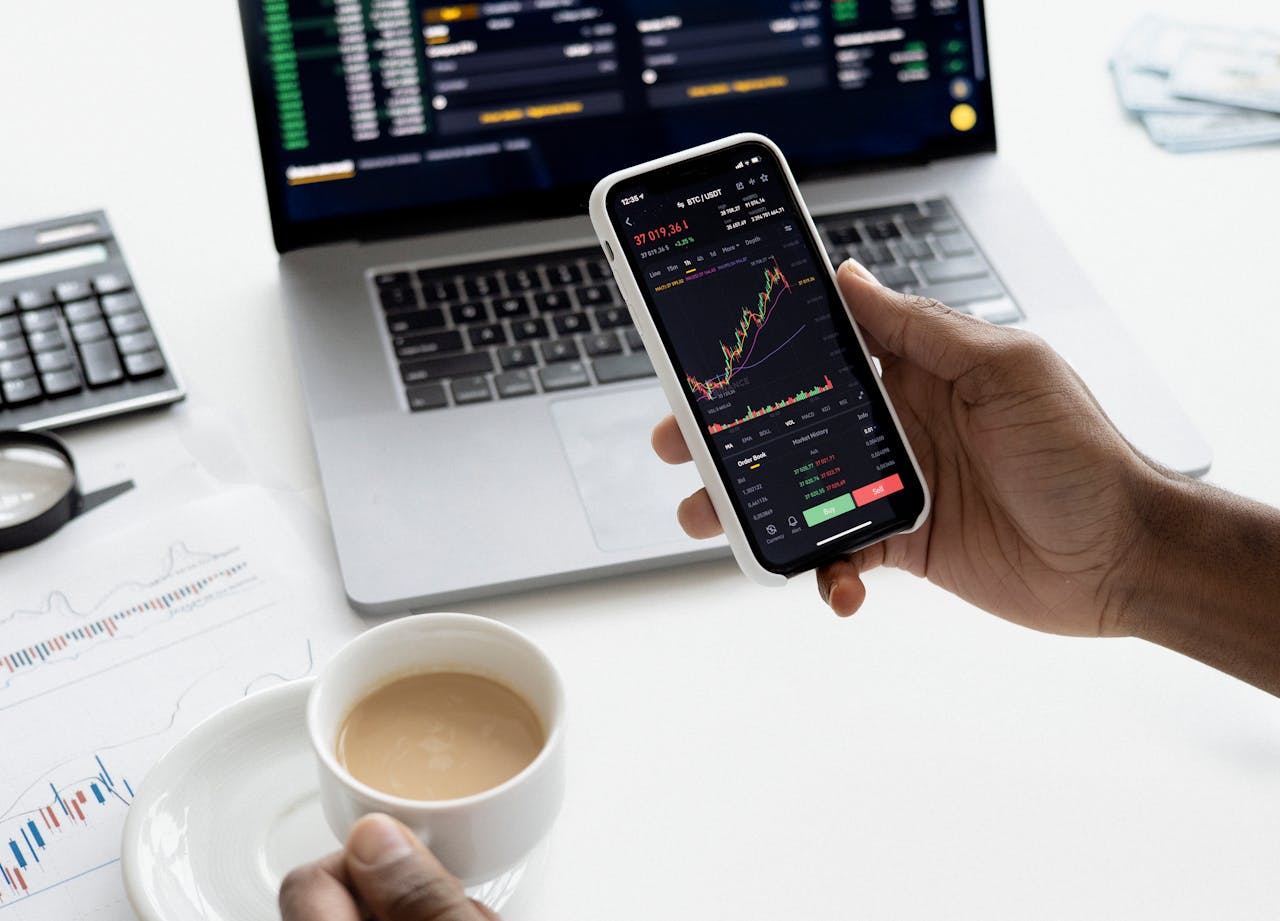

The reputation for the best skincare products has long been associated with South Korea, renowned for its innovative formulations, advanced technology, and meticulous attention to skincare routines. However, the Indonesian skincare industry has emerged as a formidable contender, offering an interesting fusion of tradition and innovation.
Skincare is the prevailing trend in the Indonesian beauty industry, constituting approximately 30% of the market share. This segment encompasses a diverse array of products, from daily moisturizers and sunscreens to specialized facial, hand, and foot treatments, focusing on nourishment, protection, and addressing specific skin concerns.
Among Indonesian skincare product types, facial care takes center stage in skincare market trends, commanding a significant share of approximately 57%. This dominance underscores the enduring importance of facial skincare routines among Indonesian consumers. Factors such as easy accessibility to information and an expanding array of facial care products catering to diverse skin needs further bolster the segment's prominence.
While facial care maintains its stronghold, the sun protection category emerges as the fastest-growing segment, boasting a remarkable 7.8% compound annual growth rate (CAGR) from 2015 to 2028. This surge in demand underscores heightened awareness among consumers regarding the importance of shielding the skin from harmful UV rays. Brands like Wardah, L’Oreal, and Azarine lead the charge in this segment, offering high-quality formulations that cater to the evolving needs of Indonesian consumers.
Several key drivers fuel the growth of the Indonesian skincare market, with the widespread adoption of social media playing a pivotal role. The exponential rise in social media users has significantly heightened consumer awareness and engagement in the beauty sphere, enabling brands to reach previously untapped audiences and drive market expansion.
Indonesian consumers' steady disposable income growth has significantly contributed to the skincare market's ascent. As individuals become increasingly willing to allocate resources to personal care, particularly skincare, the industry experiences a corresponding uptick in demand and spending.
Additionally, the expansive reach of health and beauty retailers in Indonesia further catalyzes market growth. Retail giants like Watsons, Guardian, Sociolla, and BeautyHaul continuously expand their footprint, making skincare products more accessible to a broader audience. With the beauty retail industry projected to grow at an impressive CAGR of 16.8%, these retailers are instrumental in driving the proliferation of skincare products nationwide.
Most Indonesian consumers prefer local brands for their skincare needs, with Wardah emerging as the top brand in this category. Imported brands such as SK-II compete fiercely, boasting a slightly larger market share than other imported skincare brands. The import market for cosmetics and skincare in Indonesia in 2021 was dominated by China, with a share of 20.2% (USD 62.37 million), closely followed by South Korea at 19% (USD 58.77 million). France (10%), the United States, Thailand, and Japan are also among the leading players in the import market.
As the industry evolves, stakeholders must remain agile, adapting to emerging trends and consumer demands to thrive in this vibrant market. With a rich tapestry of offerings and a consumer base increasingly focused on skincare and wellness, the Indonesian skincare industry presents boundless opportunities for growth and innovation within the market.
Source: https://ycpsolidiance.com/white-paper/indonesia-skincare-industry-success

Revolutionizing Finance: An Overview of Digital Lending in Southeast Asia
Digital lending is poised to become the primary revenue driver for digital financial services in Southeast Asia (SEA) by 2025, outpacing digital payments. This growth is fueled by a 33% annual increase in digital lending, supported by technological innovations such as automated loan origination processes and seamless integration of financial services into digital experiences. These advancements have made it easier for consumers to access financing for various needs, including online shopping, travel bookings, and ride-hailing services.

IoT Integration in the SEA Automotive Lubricants Market
The Southeast Asia (SEA) automotive lubricants market is rapidly evolving with the integration of Internet of Things (IoT) technology. This transformation offers significant benefits, creates new opportunities in smart technology, and introduces innovative IoT solutions that can revolutionize the industry.

Embracing Robotization: Challenges and Opportunities in Industry 4.0
Robotization presents challenges and opportunities for businesses and the workforce, requiring companies to embrace this transformation.

Opportunities in the Indonesian Skincare Market
The rapid growth of the Indonesian skincare market presents significant opportunities for the beauty industry. Projections indicate a steady growth trajectory of 4.6% over the next five years, reflecting sustained consumer demand and market expansion. In this article, we will explore the various opportunities that the Indonesian skincare market presents for brands seeking to establish a strong foothold and thrive in this dynamic landscape.